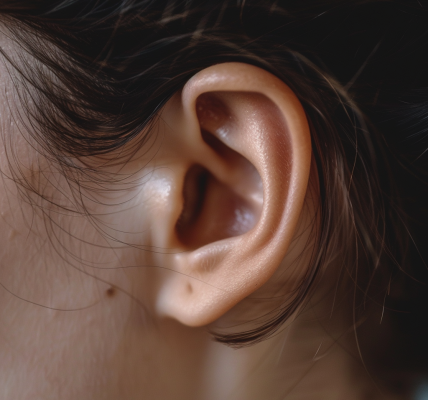Exploring a New Metric for Health: The Body Roundness Index
For years, the body mass index (BMI) has served as a standard tool in the medical community for assessing an individual’s health based on their weight relative to their height. However, its limitations have led health experts to seek alternative metrics that could offer a more accurate reflection of body fat and overall health. One such metric gaining attention is the Body Roundness Index (BRI).
The BRI is emerging as a promising alternative to BMI, particularly in its potential to predict mortality rates among adults more effectively. Recent research published in JAMA Network Open highlights the advantages of the BRI, suggesting that it may provide a clearer picture of an individual’s health risks associated with obesity.
The Body Roundness Index is designed to assess the shape of a person’s body rather than just their weight. Unlike BMI, which is calculated using a simple formula involving height and weight, the BRI takes into account the roundness of the body, which can be a more telling indicator of fat distribution and associated health risks.
Medical professionals, including those from the American Medical Association, have pointed out that BMI does not differentiate between fat and muscle mass, nor does it consider the distribution of fat in the body. This can lead to misleading conclusions about an individual’s health. For instance, a person with a high muscle mass may have a high BMI but could be in excellent health, while another individual with a lower BMI may have a higher percentage of body fat and be at greater risk for health issues.
Experts argue that the BRI could address these shortcomings by providing a more nuanced understanding of body composition. The index is calculated using measurements that assess the circumference and shape of the body, making it potentially more reflective of the health risks associated with obesity.
To delve deeper into the implications of the Body Roundness Index, experts from the University of Cincinnati have been actively discussing its merits. Dr. Malti Vij, an adjunct assistant professor in the Department of Internal Medicine, and Dr. Inuk Zandvakili, an assistant professor in the division of digestive diseases, have both contributed to the conversation surrounding this innovative metric.
During a recent segment on Cincinnati Edition, these experts shared insights on the BRI, discussing how it measures body fat and its potential as an improvement over the traditional BMI. They emphasized that while BMI has been a useful tool, the BRI offers a new perspective that could lead to better health outcomes by allowing for more personalized assessments of obesity-related risks.
As healthcare continues to evolve, the importance of accurate health metrics cannot be overstated. The introduction of the Body Roundness Index could signify a shift in how obesity and health risks are evaluated, potentially leading to more effective interventions and treatments for individuals struggling with weight-related issues.
The conversation surrounding BRI is not just about numbers; it reflects a broader understanding of health that encompasses various factors, including lifestyle, diet, and genetics. As research continues to explore the efficacy of the Body Roundness Index, it may pave the way for more informed health assessments and personalized care strategies.
Listeners interested in learning more about the Body Roundness Index and its implications for health can tune in to Cincinnati Public Radio, where discussions on this topic are ongoing. Engaging with experts in the field provides valuable insights into how emerging health metrics can shape the future of medical assessments and patient care.
As the medical community seeks to refine its tools for assessing health, the Body Roundness Index stands out as a potential game-changer in the fight against obesity and related health issues. With its focus on body shape and fat distribution, the BRI could offer a more comprehensive view of health, leading to improved outcomes for individuals across various demographics.
Stay informed about the latest developments in health metrics and their implications by following discussions on platforms like Cincinnati Edition, where experts share their knowledge and insights on emerging health trends.





